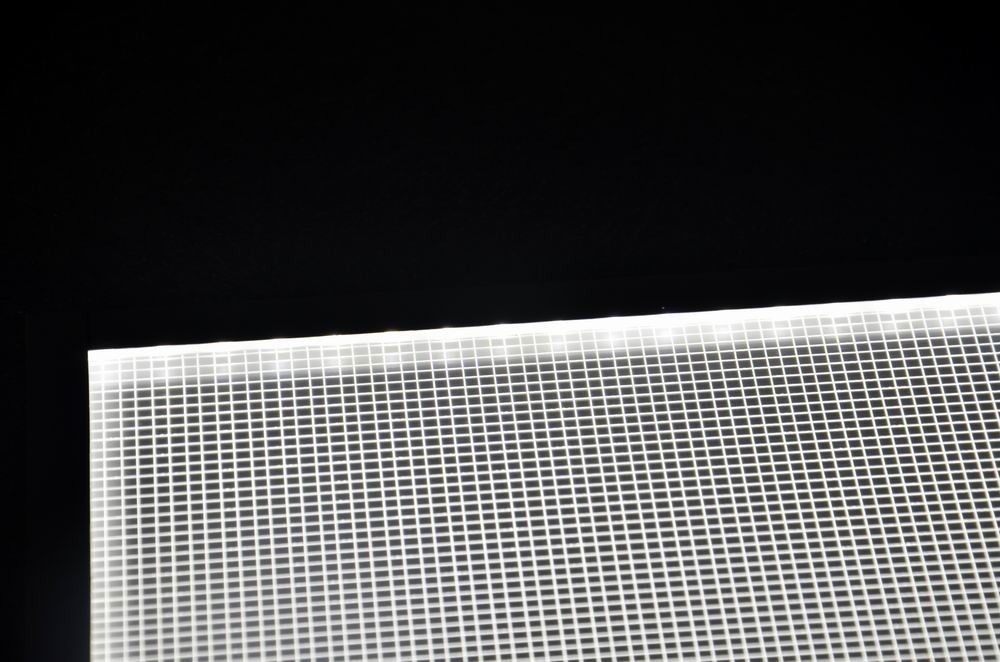

Hydrodynamic sizes are more easily measured than radii of gyration and can be measured over a wider range of sizes. The conversion from hydrodynamic radius to radius of gyration is a function of chain architecture (including questions of random coil vs. In particle size measurements using dynamic light scattering (DLS), a laser beam is scattered on very small, finely dispersed particles (usually < 1 m) in a. Dynamic light scattering (DLS) is a method to size submicron particles by measuring their thermal motion (diffusion) in suspensions and emulsions. The hydrodynamic radius is not the same as the radius of gyration. On the one hand many application for example in the protein research or analysis of liposomes and micelles cannot be performed by means of other. Radius calculations are the same except for a factor of two.Īlso, a note to those interested in polymer size. Spatially Resolved Dynamic Light Scattering (SR-DLS), a relatively new technology for inline, online and at-line nanoparticle size monitoring, was developed. The dynamic light scattering (DLS) is a technique to measure the particle size distribution of nano- and submircosized particles, which is used primarily in pharmaceutical and biochemical industry. This article demonstrates the measurement. That is, the determined particle size is the size of a sphere that diffuses the way as your particle.įor those who work with protein sizing and other areas where hydrodynamic radius is more commonly used, note that the development here is around diameter. Dynamic Light Scattering (DDLS) can be used, which enables size and shape characterization of extremely small particles (down to a few nanometers). Finally, and most importantly, it reminds the analyst that the particle size determined by dynamic light scattering is the hydrodynamic size. Temperature is even more important due to the viscosity term since viscosity is a stiff function of temperature. How do these fluctuations in the intensity of scattered light arise Imagine if a cuvette. This is done by measuring the rate at which the intensity of the scattered light fluctuates when detected using a suitable optical arrangement. The first is that sample temperature is important, at it appears directly in the equation. We have developed a method for determining vector particle aggregation that employs dynamic light scattering and enables particle size analysis in the native. In dynamic light scattering, the speed at which the particles are diffusing due to Brownian motion is measured. However, the equation does serve as important reminder about a few points. Particle size is determined by measuring random changes in the intensity of light scattered from liquid dispersions. The calculations are handled by instrument software. Dynamic light scattering (DLS) is used to characterize particle size distributions and hydrodynamic sizes of particles and molecules ranging from 0.3 nm to 10 µm. T is thermodynamic temperature (we control this).k B is Boltzmann’s constant (we know this).D t is the translational diffusion coefficient (we find this by dynamic light scattering).D h is the hydrodynamic diameter (this is the goal: particle size!).The term dynamic refers therefore not to the sample movement as a whole, but instead to the "trembling motion" of the primary particles. With dynamic light scattering the sample suspension is usually at rest. When the particles move fast (small particles) is the alteration of the scattering intensity subject to fast variations, whereas slow (large) particles lead to slower variations. When selecting a direction, the various particles scattered by the light rays interfere with one another resulting in a certain scattering intensity.ĭue to the Brownian motion the relative positions of the particles constantly change in regards to one another which alter the inference conditions and therefore the scattering intensity. On the numerous particles in a suspension, the laser light is scattered in all possible directions. The diffusion coefficient, and hence the hydrodynamic radii calculated from it, depends on the size and shape of macromolecules. In dynamic light scattering compared to static light scattering, not the angle dependent, but the timely variation of the scattering intensity is utilized for the particle size determination. Dynamic light scattering (DLS), also known as photon correlation spectroscopy (PCS), is a very powerful tool for studying the diffusion behaviour of macromolecules in solution.


 0 kommentar(er)
0 kommentar(er)
